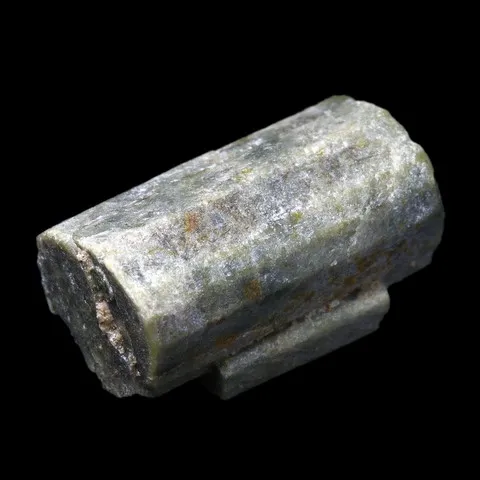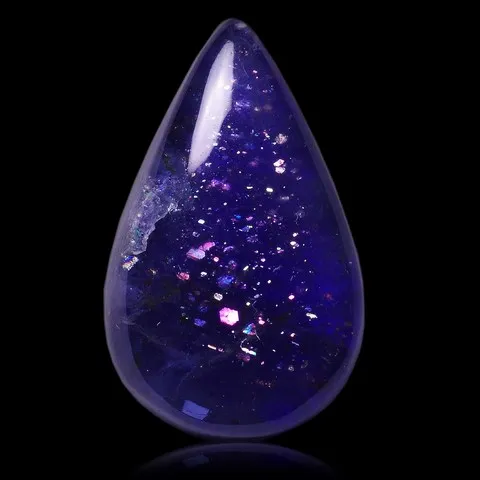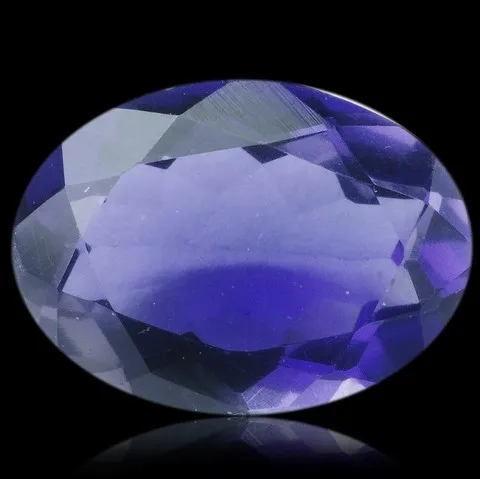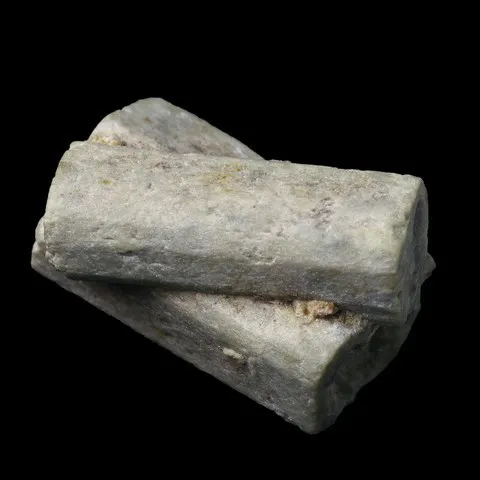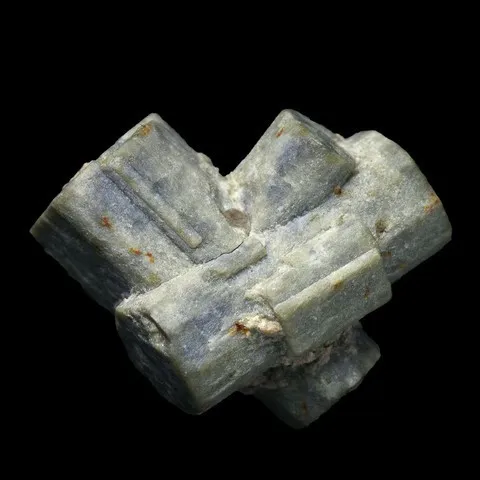CORDIERITE
Class : Silicates
Subclass : Cyclosilicates
Crystal system : Orthorhombic
Chemistry : Mg2Al4Si5O18
Rarity : Common
Cordierite (sometimes also known as iolite) is a common accessory mineral in contact metamorphic rocks (schists and hornfels with cordierite - andalusite) or high regional metamorphism (cordierite - biotite gneiss, amphibolites, anatexites...), as well as in basic aluminous plutonic rocks (norites) or acid (some granites, pegmatites and microgranites). This mineral owes its name to the French geologist Pierre Louis Antoine Cordier who was the first to study it. Cordierite crystals are rare, forming pseudohexagonal short prisms with vertically ridged faces, always stony. More commonly, it is in grains or small glassy masses, sometimes gemmy, gray to blue-green and blue, sometimes very strong, showing an intense dichroism gray-yellow to deep blue-violet. In the granites, cordierite is frequently altered and pseudomorph, so-called "pinite" or "gigantolite", mixtures of muscovite and chlorite giving it an opaque brown tint and water content. The transparent crystals of cordierite known as dichroite or iolite, sometimes also called "water sapphires", have intense pleochroism and are used as gemstones.
Cordierite in the World
Cordierite in France
In France, prisms of cordierite exceeding 2 cm are quite common in the microgranites of Puy-de-Dôme (Manzat, Isserteaux, Blot-l'Eglise) and in the granite of Huelgoat (Finistère). They are almost always transformed into pinites (pinitized).
Twinning and special forms
The twins are common on {110} and {130}, simple, lamellar and cyclic. Cross-shaped twins are known on synthetic microcrystals, in the nature some rare pinite crosses were discovered near Blot-l'Eglise (Puy-de-Dôme, France), so far no studies have been done on it, so it is not sure that they are twinned.
Fakes and treatments
There are no fake records for this species.
Hardness : 7 to 7.5
Density : 2.6
Fracture : Subconchoidal
Trace : White
TP : Transparent to translucent
IR : 1.527 to 1.578
Birefringence : 0.011 to 0.018
Optical character : Biaxial -
Pleochroism : Extreme
Fluorescence : None
Solubility : Hydrofluoric acid
Magnetism : None
Radioactivity : None

